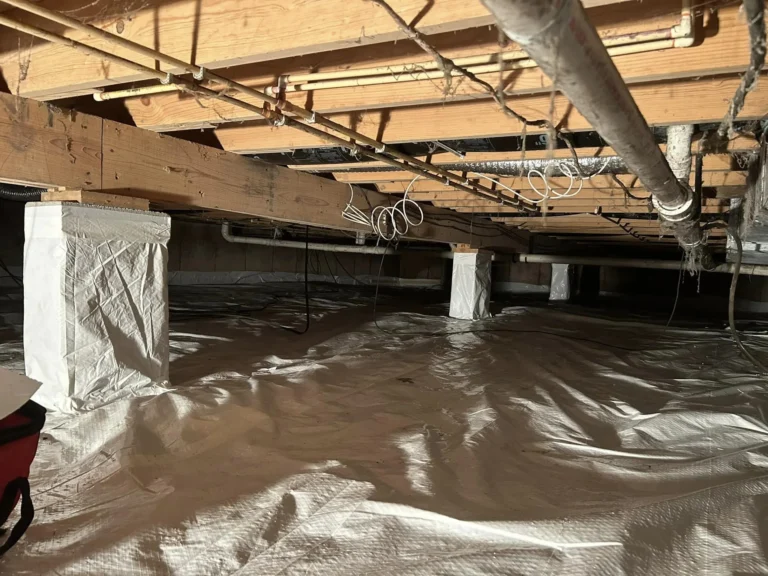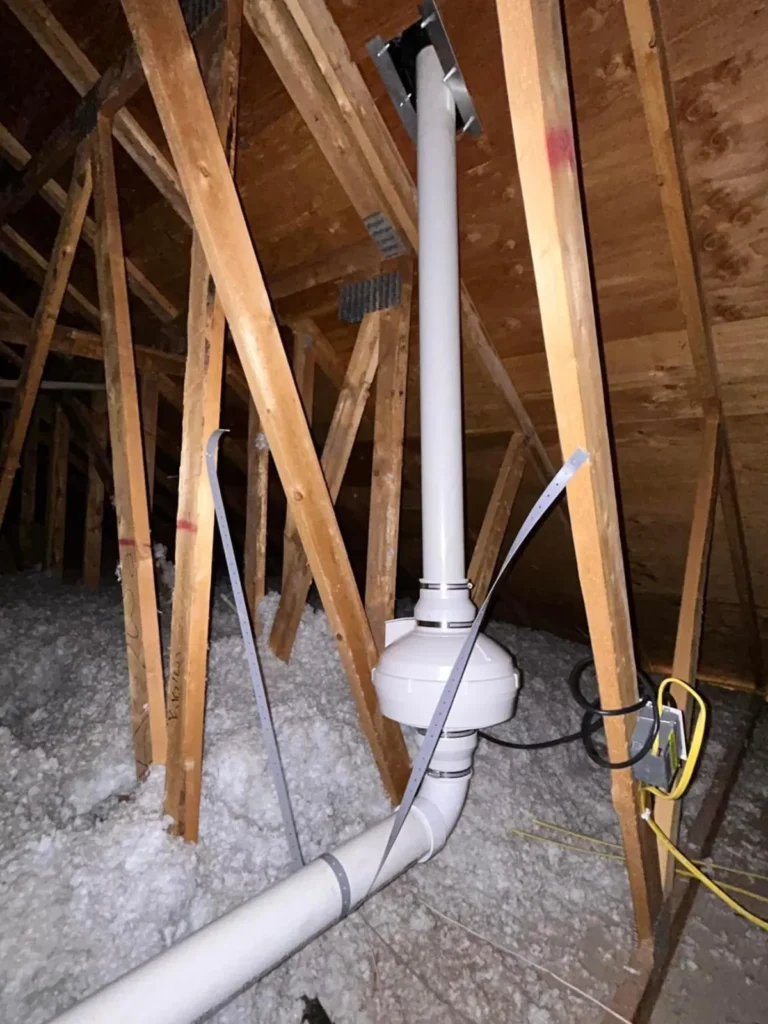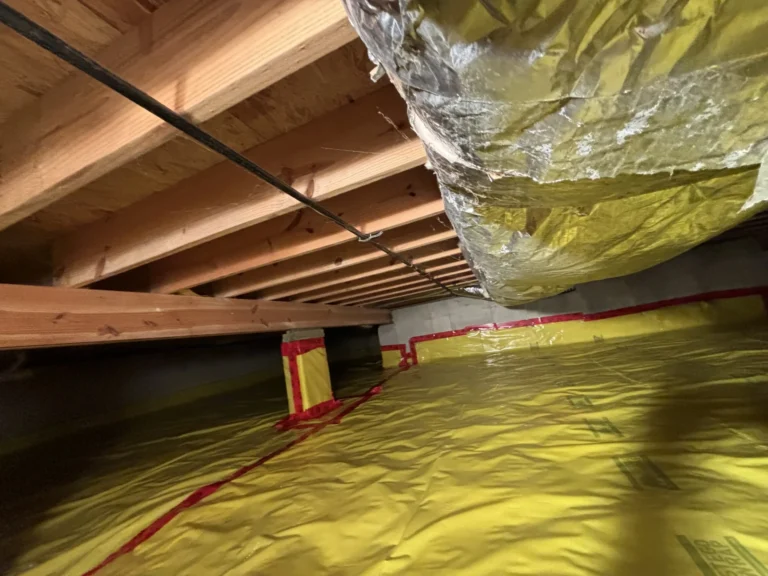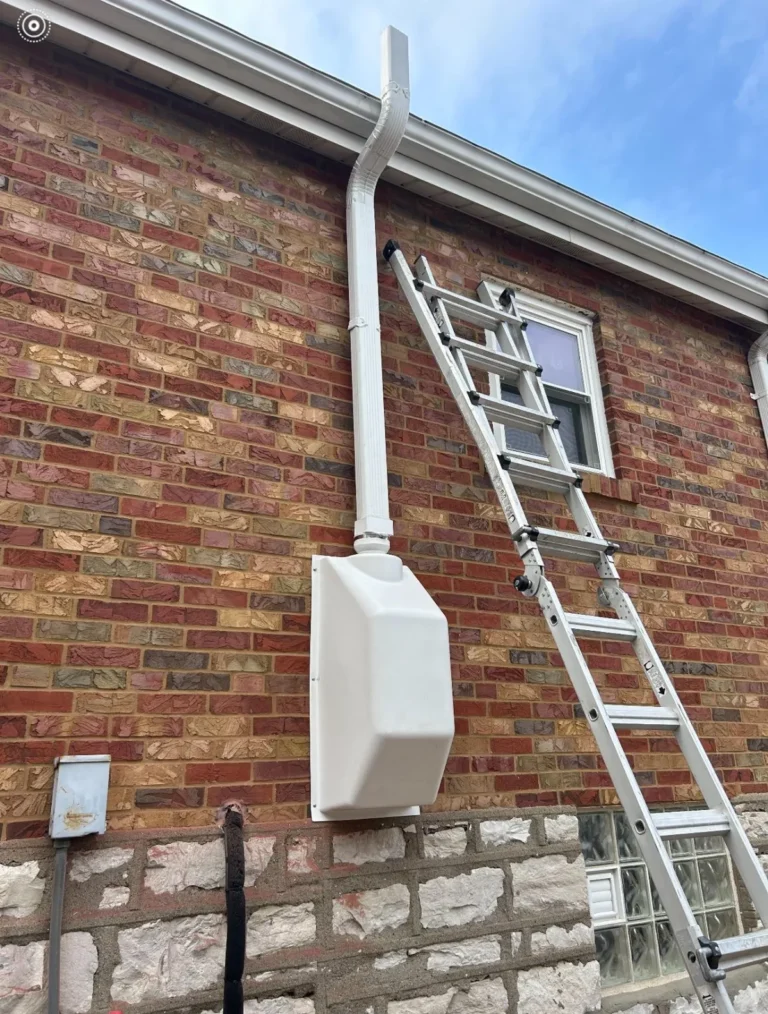How Does Radon Mitigation Work?
Let’s make this world a better place to live by keeping an eye on the minute errors in your house that may lead to a bigger issue someday. Radon is one of such types of issues that needs to be addressed on a serious note before it’s too late.
In this article, we will emphasize the impact of radon on residential homes, and how it hampers the health conditions of humans. Then, we will construct an understanding of how Radon Mitigation works.
But for those, who are not familiar with the term “Radon”. Let us talk a bit about it before we discuss the components of a radon mitigation system and how they function.
Radon is a form of GAS that has no smell or odor and is invisible. It is a poisonous gas that originates underneath the house foundation and occurs from the decay of uranium. It enters through cracks and damaged areas of corners, floors, walls, and windows.
Radon is so dangerous that it can cause severe health conditions such as; lung conditions, respiratory issues, and lung cancer if exposed for a long period of time.
Radon Mitigation
It is a systematic process, or we can state that a radon mitigation system works to reduce the impact of radon gas on the foundation and walls of a house. It vents out the harmful gas through powerful fans and PVC pipes to the outside. It is an engineered task, and so it requires professional hands and assistance to ensure proper performance and location.
Radon mitigation is performed in two ways; First, active radon mitigation, and Second, passive radon mitigation.
Active Radon Mitigation Process
Active radon mitigation is a dedicated process, and it is performed whenever a resident faces such issues. A radon mitigation professional needs to be hired to fix the system that cleans and vents out the unwanted volume of radon gas present inside the house, especially from the foundation. The professional should ensure the radon is exhausted to a proper location and height so there is no chance of re-entry into the home.
Passive Radon Mitigation Process
It is a mandatory system that should be performed by a licensed radon professional during the construction of a home. Passive radon mitigation is performed simultaneously to prevent radon issues beforehand. Although it helps to prevent your home from the entry of radon gas, it doesn’t ensure 100% removal and a residential radon test should always be performed before moving into any new residence.
What Causes The Spread Of Radon?
Radon is an odorless, invisible, radioactive gas that is naturally released from rocks, soil, & water. Radon can enter your home through small cracks or holes, then build up in the air of your home.
Another reason can be cluttering the house unnecessarily. Don’t store unwanted stuff in the house that may block the ventilation to the outside atmosphere.
Radon problems may arise if the house is kept locked for a long time and no ventilation system is installed.
It can occur with time as the construction gets older and concrete loses its strength.
Any cracks, damages, or gaps within the walls, floors, or roofs can cause the radon problem.
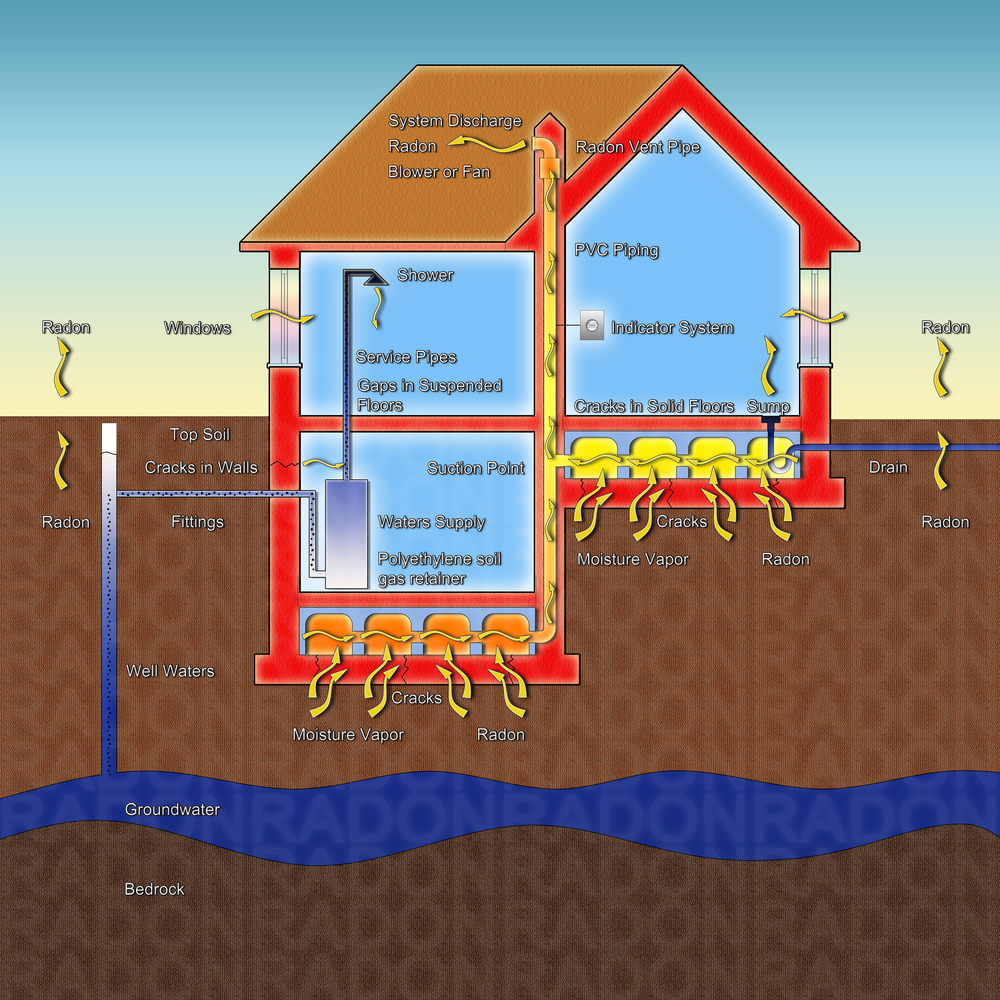
How Does It Work?
The Radon Mitigation System functions through the external human-made fixture. A pipe is placed in the foundation and sealed properly so that no leakage is experienced within the building. Power-operated fans are placed in the unconditioned place outside or inside the house that is connected to the outside vents. Then, the radon gas is thrown out with the help of suction from the radon fan and exhausted through PVC pipe to the atmosphere. The outer vents are placed at a safe elevated distance so the radon does not have a chance to re-enter the home.
It’s powerful suction ability collects the volume of radon gas and vents it out. However, licensed installation is essential to ensure the system is functioning properly to gain the desired quality results.
Talk To A Professional
If you had a radon test and it came back elevated above a 4.0 pCi/L, it is recommended to consult with a professional immediately to fix the issue. You need to speak with an industry professional to know better how to protect your house and family from the harmful effects and possible severe health conditions.
The foundation of a house helps to determine the problems and which radon mitigation system will be best suited. A detailed radon proposal needs to be executed by a licensed professional to understand the level of radon within and various entry points into the home. Once you hire a quality professional, the best possible solution is given at a reasonable cost.
How Much Does It Cost?
The cost of Radon Mitigation System installation depends on the size of the home and type of foundation. But usually, you can expect a cost between $500 to $2500. It is better to invest in the system before it is too late. Get your home tested and if needed, your mitigation system installed by a professional today.
Interested In Radon Testing or Mitigation?
We appreciate you taking the time to read this weeks edition of The Radon Blog, powered by Air Sense Environmental. Have questions about radon testing or mitigation? Or maybe you are ready to schedule your radon test? Check us out below and let’s get to work on your home.
Curious how we combat radon? Check out our latest YouTube video on how we successfully tested and mitigated this St. Louis area home.
Air Sense Environmental Website
618-593-4815

